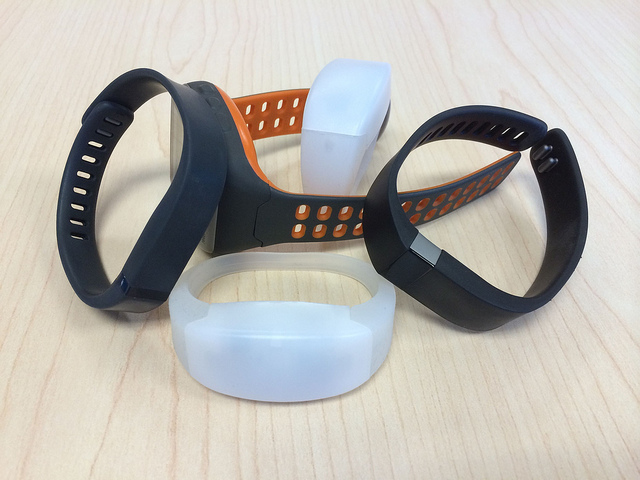
Consumers are willing to utilize medical wearables to overcome barriers to seeing a physician, including distance and cost, according to a recent survey by VivaLNK. The survey reveals that of 100 participants ages 40 and over, 64 percent said they would utilize a wearable health monitoring device if it meant it could reduce the number of times, they had to physically visit a doctor or hospital.
3 Factors Driving Patient’s Desire to Reduce Physical Physician Appointments
The survey determined there are three key factors contributing to participants’ desire to reduce physical appointments for patients:
1. Costs of the appointment
2. Distance
3. Disliking healthcare facilities
Reducing Physician Visits Will Drive Remote Patient Monitoring Adoption
Remote patient monitoring (RPM) uses sensors and information technology to gather vitals and data on a patient when they are in an ambulatory or remote setting such as at home. The methods for gathering data vary, but include medical-grade sensors. The survey found interest in wearable health devices for remote patient monitoring to be high regardless of if it reduced visits: more than 55 percent of respondents said they would use a wearable health monitoring device at home.
“Remote patient monitoring and the wearable devices that make it possible are not new concepts, but there’s more progress that can be made by understanding patient motivations. This survey highlights what really fuels and drives consumer behavior from a healthcare perspective. Patients have always disliked visiting the doctor’s office, and now there’s a way to mitigate that. While the appointment can’t always be avoided, RPM is the key to reducing the time, energy and money it takes to physically visit a doctor’s office,” said Jiang Li, CEO of VivaLNK.
